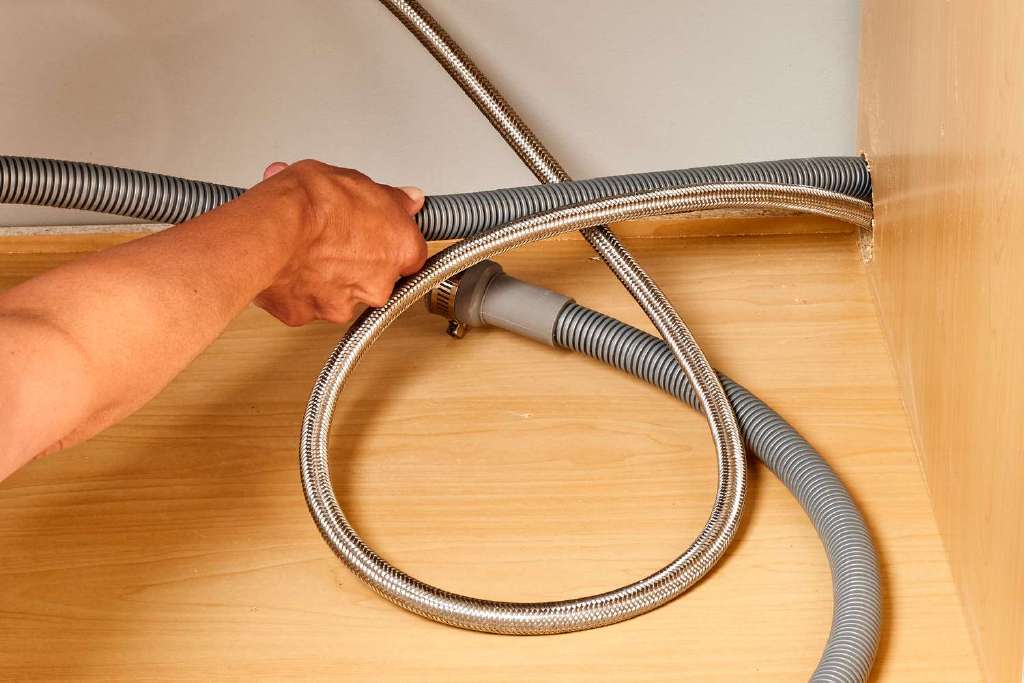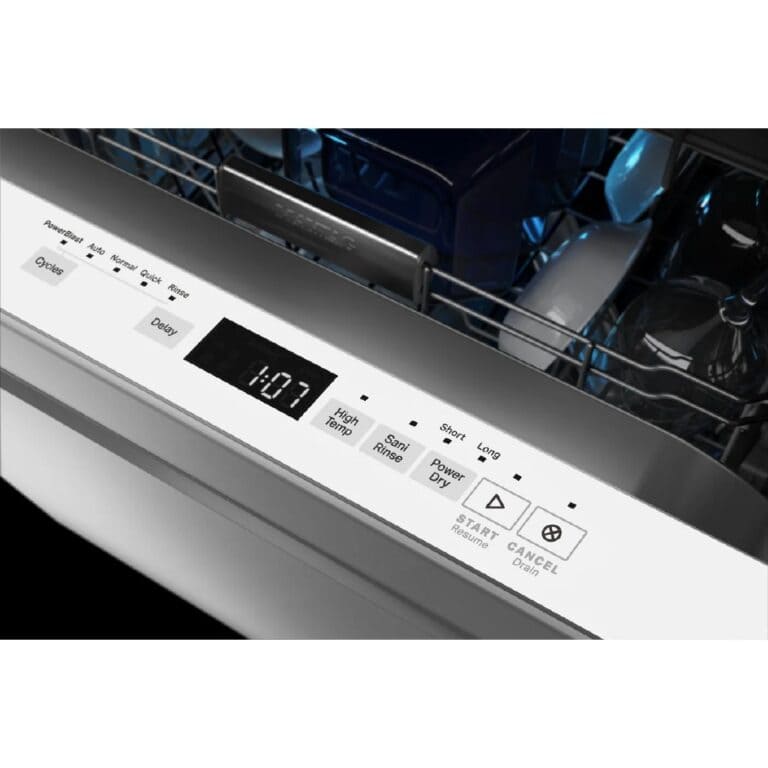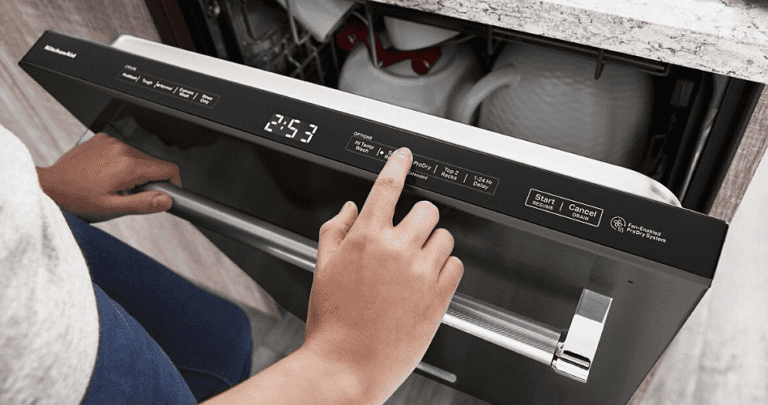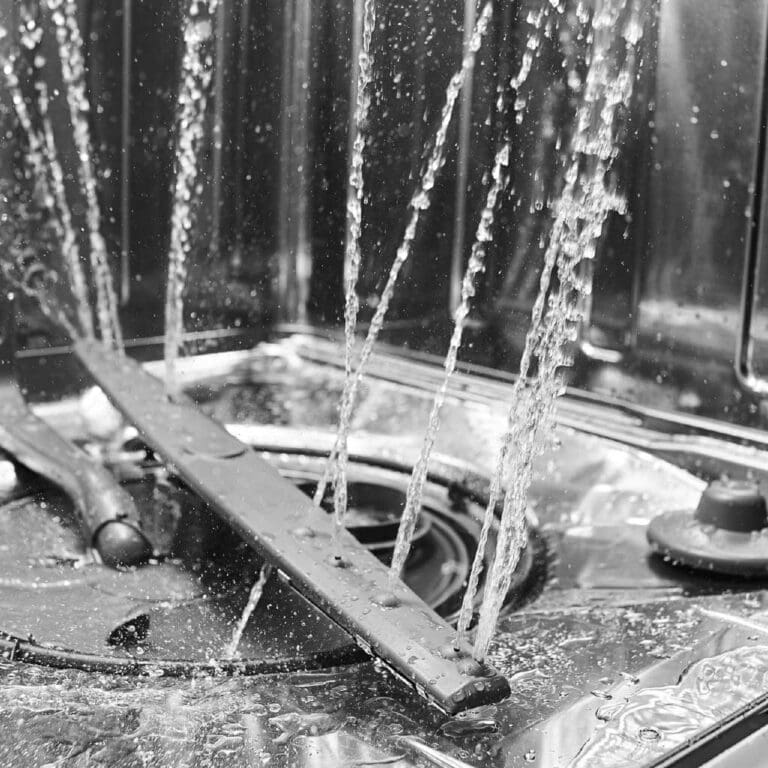Does Your Dishwasher Drain Hose Need to Be Looped? Here’s Why It Matters
When it comes to dishwasher maintenance, the drain hose often doesn’t get much love. I remember when I first learned about the importance of properly looping the drain hose. It seemed like such a small detail, yet it turned out to be crucial for the smooth operation of my dishwasher.
So, let’s dive into why looping your dishwasher drain hose isn’t just a trivial detail but a key element in keeping your kitchen running smoothly.
What is a Dishwasher Drain Hose?
The dishwasher drain hose is a crucial component that often goes unnoticed until something goes awry. This hose acts as the conduit through which used water exits the dishwasher after each wash cycle. Think of it as the exit ramp for dirty water, guiding it safely away from your kitchen and preventing any unwanted backflow into the appliance.
Function of the Dishwasher Drain Hose
The primary function of the drain hose is to remove wastewater from the dishwasher. Here’s a quick overview of its role:
- Wastewater Removal: After cleaning your dishes, the drain hose ensures that the dirty water is efficiently expelled from the dishwasher.
- Prevents Backflow: It helps prevent dirty water from flowing back into the machine, maintaining a clean and hygienic environment for your dishes.
- Facilitates Efficient Drainage: A properly functioning drain hose ensures that water drains quickly and effectively, avoiding standing water or clogs.
Common Materials Used for Drain Hoses
Dishwasher drain hoses are typically made from a variety of materials, each chosen for its durability and flexibility. Here’s a look at the most common materials:
- Rubber: Known for its flexibility and resistance to wear, rubber hoses are a popular choice.
- Plastic: Lightweight and resistant to corrosion, plastic hoses are commonly used and easy to install.
- Metal: Some hoses have a metal exterior for added durability and protection against punctures.
| Material | Advantages | Disadvantages |
| Rubber | Flexible, durable | Can degrade over time |
| Plastic | Lightweight, corrosion-resistant | May crack under extreme temperatures |
| Metal | Strong, puncture-resistant | Can be prone to rust |
The Looping Concept: What’s the Big Deal?

Think of your dishwasher drain hose as a water slide. Just like a slide needs to be smooth and free of obstructions for the ride to be enjoyable, the drain hose needs to be properly looped to ensure that water flows out efficiently. Looping the hose helps prevent dirty water from flowing back into the dishwasher. This isn’t just about keeping things tidy—it’s about maintaining the health and efficiency of your dishwasher.
Why Looping Matters: The Benefits
Properly looping the drain hose offers several benefits:
- Prevents Backflow: By creating a high loop in the hose, you prevent wastewater from siphoning back into the dishwasher. Imagine it as putting a barrier in place to stop the water from sneaking back in.
- Reduces Clogs: A correctly positioned hose minimizes the risk of clogs. It helps keep the water moving smoothly, just like a well-oiled machine.
- Improves Performance: With proper drainage, your dishwasher runs more efficiently. This means cleaner dishes and fewer repairs down the line.
How to Loop Your Dishwasher Drain Hose
Let’s walk through the steps to loop your dishwasher drain hose:
- Turn Off Power and Water: Safety first! Make sure to disconnect the power and water supply before you start working on the hose.
- Locate the Hose: Find where the drain hose connects to the dishwasher and the sink or garbage disposal.
- Create the Loop: Position the hose so that it forms a high loop before it connects to the sink or disposal. The loop should be higher than the point where the hose connects to the sink. Use clamps or brackets to secure it in place.
- Check for Kinks: Ensure the hose isn’t kinked or twisted, which can obstruct water flow.
- Reconnect and Test: Reconnect the hose and turn on the power and water. Run a test cycle to make sure everything is draining properly.
| Also read: Dishwasher Spray Arm: How It Works |
Troubleshooting Common Issues
Even with the best intentions, things can go awry. Here’s how to handle common issues:
- Hose Not Looping Properly: If the hose doesn’t stay in the loop, check if it’s secured properly with clamps or brackets.
- Water Still Backflowing: Make sure the loop is high enough. If it’s not, you might need to adjust the position or use a different method to create the loop.
- Persistent Clogs: If clogs persist, inspect the hose for debris or damage. A professional might be needed if the problem continues.
Table: Comparing Proper and Improper Hose Looping
| Aspect | Proper Looping | Improper Looping |
| Backflow Prevention | High loop prevents backflow | No loop or low loop allows backflow |
| Clog Risk | Minimal risk of clogs | Increased risk of clogs |
| Dishwasher Efficiency | Maintains optimal performance | May cause performance issues |
Final Thoughts: Keep It Looped
Taking the time to properly loop your dishwasher drain hose might seem like a small detail, but it plays a big role in keeping your dishwasher running smoothly. Think of it as the secret ingredient to a well-functioning kitchen. By preventing backflow, reducing clogs, and improving performance, you ensure that your dishwasher does its job efficiently and effectively.
So next time you’re checking on your dishwasher, remember: a little loop goes a long way. It’s a small step that keeps the water flowing and your dishes sparkling clean.






